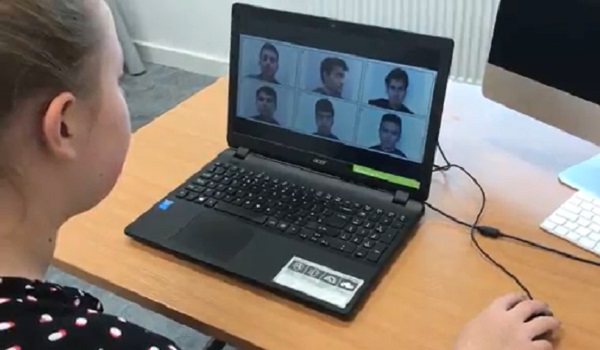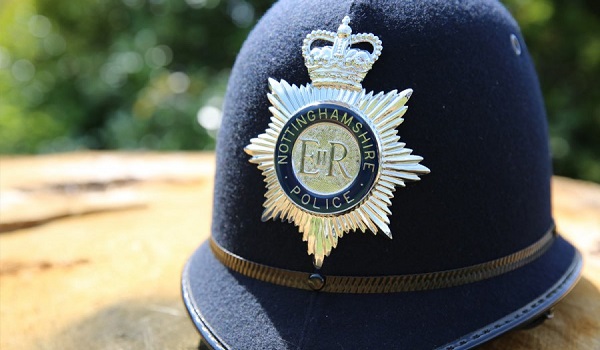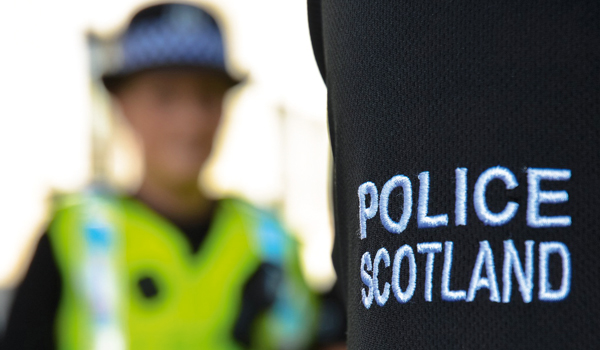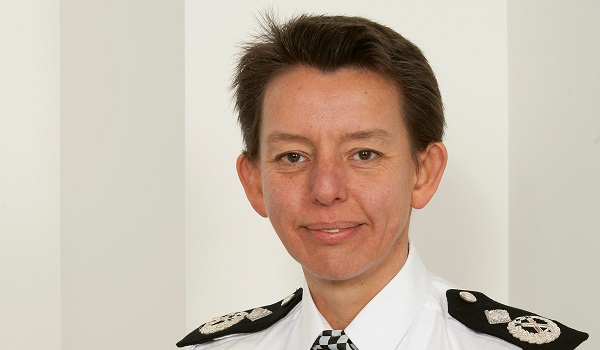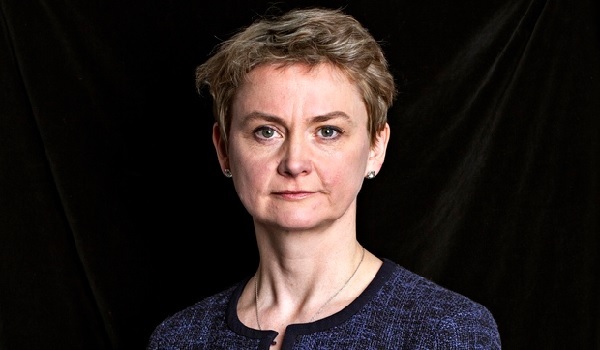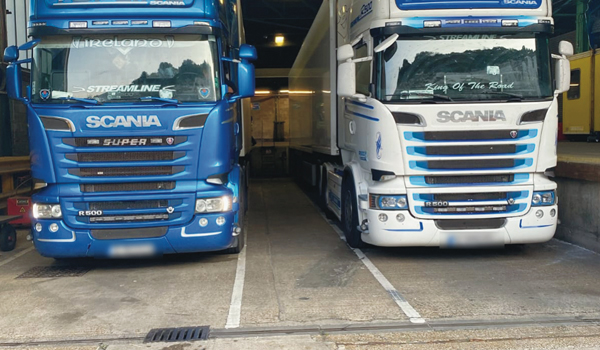Interactive police line-ups improve eyewitness accuracy – study
Eyewitnesses can identify perpetrators more accurately when they are able to manipulate 3D images of suspects, a new study has found.
A team of researchers in the University of Birmingham’s School of Psychology developed and tested new interactive line-up software, which enables witnesses to rotate and view line-up faces from different angles.
When the eyewitnesses were able to rotate the image to match the alignment of the face in their memory, they were more likely to accurately pick out the criminal from the line-up.
Professor Heather Flowe, co-lead researcher, said: “We worked closely with law enforcement to develop the interactive line-up procedure to be cost effective and work with current police identification systems. The procedure is a significant advance in improving the accuracy of eyewitness identifications.”
In the experimental study, published in Nature’s Scientific Reports, researchers recruited more than 3,000 volunteer ‘witnesses’ to test their discrimination accuracy – the ability of eyewitness to accurately identify guilty from innocent suspects.
The volunteers watched a video of a staged crime being committed. They were then shown images of the perpetrator, alongside filler images of similar faces. The researchers found that accuracy improved significantly when the volunteers viewed the line-up from the same angle at which they had seen the perpetrator commit the crime. Accuracy was the highest when participants rotated the line-up faces to match the angle of the perpetrator.
The researchers also found that witnesses naturally (without instruction) moved the images into the best position for identification.
Co-author Dr Melissa Colloff said: “There are good reasons to predict that accuracy will be higher if witnesses are able to manipulate images and align them to be similar to the angle of the face in their memory.
“We know that retrieving memories accurately relies on the context in which they are retrieved being similar to when the memory was formed. The experiments we carried out show this theory in practice. Our participants actively sought out a familiar angle for the line-up image, to help them retrieve information from memory.”


